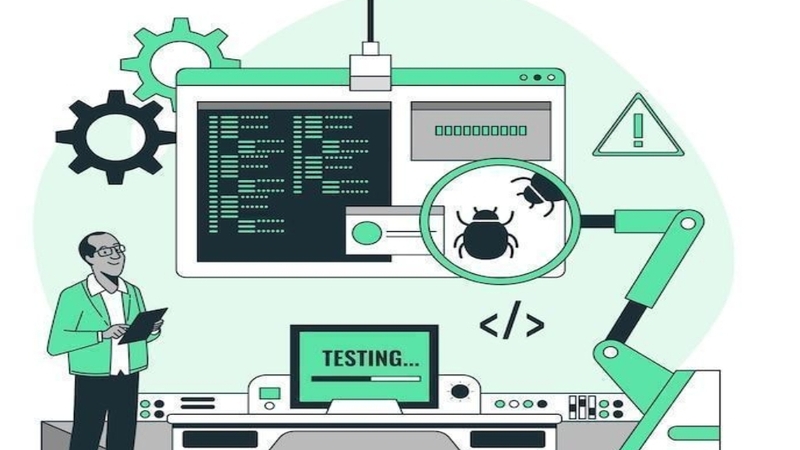To stay competent, you must ensure your key organizational productivity resources, mainly the software, always operate optimally. As the engine of your business, any software issues like downtime could have certain consequences on business decision-making and other activities. Software is vulnerable and can have devastating or massive problems that affect your operations.
You can use the outcome to trigger further changes and improve its functionality and impacts. If you are ready for the tests, here are some essential guides to help you achieve your goals.
1. Hire The best Managed Software Test Experts
Instead of burdening your employees with all the software testing and roles, you can trust third parties to do it for you. Regardless of your business size, you should trust the pros since they have the skills and resources to conduct diverse, extensive tests.
However, before you trust any third-party software testing services to help evaluate their resources, skills, and experience in relevant software testing duties. With their help, expect accurate reports detailing weaknesses, recommendations, and subsequent actions you need to boost software utility.

2. When To Do Non-Functional or Functional Software Tests
Before you proceed with any tests, you should decide which types of software tests will meet your test objectives. For instance, functional testing focuses on testing specific software components, such as an ERP component, instead of the entire system. This type of test is ideal for identifying certain errors or addressing specific and unknown issues.
3. Conducting Data-centric Tests
The performance of software depends on the nature of the data you input. If you provide accurate data, the software will be reliable and efficient, and the output will be suitable for needs like decision-making. Therefore, the data-centric test should be the first test for functional and extensive organizational software assessment.
You should integrate various data-centric testing methodologies to ensure the software receives only quality and reliable data.

4. Conducting Product and packaged application testing
How do you know that software meets your expectations, standards, and performance requirements? You do product or application testing. This is more like a guided test focusing on specific aspects of these goals.
You should do the test while comparing the results to certain goals and expectations. It is the most intensive and involving test, requiring different tools, specific algorithms, different user inputs, and other factors. It is mostly a manual process since you must be specific and procedural.
One critical component of this test is the security tests through bug testing and identification. Other elements include speed, downtime, integration, compatibility, and extra functional considerations.
Ideally, an in-house team could complete all the tests, but you should also invite an expert. The expert insight makes the test rigorous and objectively driven to achieve the organization’s goals.
5. Test Automation
With the help of experts, you can use AI to automate tests, reducing your reliance on external test teams. Instead of manual and algorithmic tests, you can rely on automated test cycles to help you assess your software.
When creating the automated test bots, the experts will use the previous steps to configure a test system. Based on the scope, defined roles, and activities. The bots will automatically test the software in the future and generate reports for the management team.
Another benefit is always conducting timely and prompt tests. Once the criteria are achieved, the bots will trigger instant tests, so you no longer have to worry about missing critical tests. This is crucial to ensuring the software always meets organizational objectives and needs and optimizes software capabilities.
Another reason to use the automated test is to test the software according to the manufacturer’s manual. For routine tests, the expert can help you set up bots or automated tests that test certain elements like bugs, performance, and functionality.

6. Preparing for Next-Generation Tests
Instead of doing everything manually, you can opt for the best tools and technologies to help you boost test accuracy and simplicity. AI is the most basic tool; however, look further if you need complex tests like product and application testing.
Apply these tools after the recommendations given from other tests. Based on these tests and recommendations, you can easily deploy predictive, visualization, and machine-learning tools in your future testing cycle.
Unlike manual processes, the tools are likely to be high-precision and cost-effective. Additionally, they can always run these tests, enabling you to prepare for an emergency or solve a problem before it worsens.
Bottomline
Despite having the most efficient software, you must always consider the test for various reasons besides the routine. For effective tests, outsource the best test team to do a comprehensive analysis to help you improve software functionality, benefits, and business benefits. Before initiating the tests, identify the needs and goals and prepare the stakeholders for the process.
